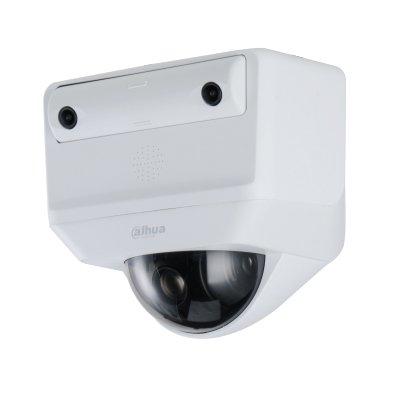The Open Security & Safety Alliance (‘the Alliance’) is a non-profit, non-stock corporation that brings together like-minded organisations in order to outline specifications for a common standardised platform for security and safety solutions which are accessible for everyone.
The Alliance was formed in reaction to today’s market characterised by the continued evolution of the Internet of Things and the aggregation of data. Security and safety solutions are fragmented due to a lack of collaborative approach to common challenges including cyber security and common operating systems. This is holding back innovation and seamless integration. Many market players are competing on technical topics that do not necessarily make a significant difference for customers. The market needs a new direction, a framework that will enable the industry to focus on innovation and developments that add real value for customers.
New application possibilities
This framework will help the market and parties involved to focus on the aspects that really add value for their customers
The Alliance brings together organisations that recognise the need for a new market direction and who are willing to contribute to the framework, providing standards and specifications for common components including an industry specific operating system, IoT infrastructure, collective approach for data security and privacy, and a drive for improved levels of performance. This framework will help the market and parties involved to focus on the aspects that really add value for their customers and open up new application possibilities, even beyond security and safety. The key tasks of the Alliance are:
- Create and promote the use of commonly-agreed standards, best practice and specifications.
- Address commonly-agreed challenges shared by the players in the industry, like data security and privacy.
- Enable market players to focus on innovative solutions which their customers find of higher value.
Members will see accelerated innovation, more commercial opportunities, and an enhanced level of trust for security and safety solutions.
Achieve mutual goals
System integrators and distributors have been consulted to ensure that the Alliance covers the needs of all relevant parties
Over the last year, the founding members have been working closely together and discussing with over 50 companies, varying from early adopters to established technology companies, to verify initial concepts. System integrators and distributors have been consulted to ensure that the Alliance covers the needs of all relevant parties.
This initial input will help shape the standards and specifications that will eventually be consolidated in the Alliance framework. Starting off with the five founding members Bosch Building Technologies, Hanwha Techwin, Milestone Systems, Pelco by Schneider Electric and VIVOTEK Inc. and early adopters including Ambarella Inc., Anixter Inc., AndroVideo, Kings Security Systems Ltd and NetApp, the global alliance will focus on building standards, specifications, best practices, references and implementation guidelines.
Together, the members of the Alliance can combine knowledge, expertise and experience in order to achieve mutual goals and create a new approach to the market.



















